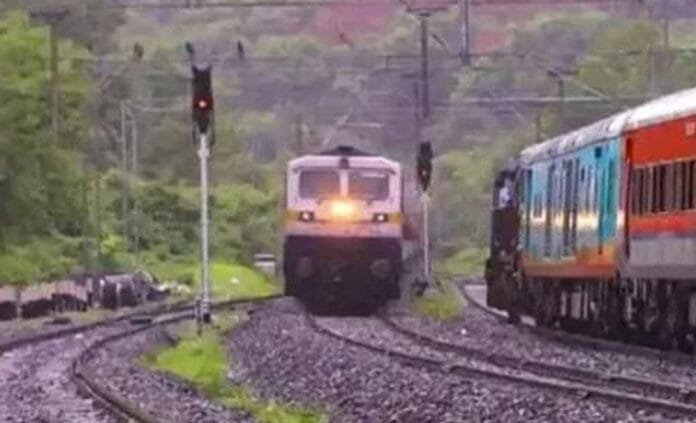Indian Railways has taken a monumental step towards improving the safety standards of its rail corridors with the introduction of the Kavach Automatic Train Protection System (ATP). This innovative move, aimed at fortifying the safety mechanisms on the Delhi-Mumbai and Delhi-Kolkata routes, has garnered significant attention. The latest decision by the Railway Board to extend the deadline for the implementation of this safety system from March 2025 to December 2025 has sparked discussions among stakeholders and experts. This comprehensive initiative will be instrumental in safeguarding the passengers and enhancing the overall operational efficiency of India’s railway network.
Expansion of Kavach System: What We Know So Far
The Kavach system, which is poised to become a cornerstone of railway safety, is designed to mitigate train accidents caused by human error. This automated safety mechanism is a product of indigenously developed technology by Indian engineers and experts. Kavach 4.0 is the latest version, which is set to be deployed across a vast 3,000-kilometer stretch of railways, covering two major routes: Delhi-Mumbai and Delhi-Kolkata.
Timeline and Implementation: Extended to December 2025
Initially, the Railway Ministry had set a target to complete the installation of Kavach on these routes by March 2025. However, the newly revised timeline suggests that the full implementation of the system will now be completed by December 2025. This extension provides more time to meet the ambitious goals set by the Indian Railways in enhancing safety measures along these high-traffic routes.
Scope and Coverage: A Comprehensive Safety Overhaul
The Delhi-Mumbai and Delhi-Kolkata corridors are among the busiest and most critical in the Indian railway network. Spanning over 3,000 kilometers, these routes serve millions of passengers every year and facilitate significant freight movement across the country. The introduction of Kavach 4.0 will involve the installation of sophisticated equipment along the tracks, including:
- RFID tags placed along the entire railway section
- Telecommunication towers to support communication across the network
- Optical fiber cables running alongside the tracks to facilitate data transfer
- Locomotive Kavach devices installed on every locomotive
This intricate network of equipment will work seamlessly to ensure the safety of trains operating along these vital routes.
Kavach 4.0: The Evolution of Train Protection Technology
The Kavach system is a significant advancement in Indian Railways’ commitment to modernizing its safety infrastructure. Since its adoption in 2020, the Kavach system has undergone several iterations and upgrades. Kavach 4.0, which received approval from the Research Design and Standards Organisation (RDSO) in July 2024, is the latest version designed to be more reliable, efficient, and compatible with the rapidly evolving demands of the railway industry.
Key Features of Kavach 4.0
- Automatic Braking System: Kavach ensures that trains automatically stop or reduce speed if any dangerous situation arises, such as a train approaching another from behind or an obstacle on the track.
- Real-time Monitoring: The system provides real-time updates to the train operators and control centers, enabling immediate intervention when necessary.
- Enhanced Communication: With the integration of telecommunication towers and optical fiber cables, the system enables constant communication between the train and control centers, reducing the risk of accidents due to miscommunication.
- RFID Integration: The installation of RFID tags ensures that the system accurately identifies the location of each train, facilitating safer and more synchronized train operations.
The Complexity of Implementation
The Kavach system is a sophisticated technological solution that involves several components, all of which need to work in harmony to ensure effective operation. The process of installing these systems is a massive undertaking, requiring precise coordination and technical expertise.
The installation of Kavach 4.0 along the Delhi-Mumbai and Delhi-Kolkata routes involves multiple stages, including the setting up of telecommunication infrastructure, laying of optical fiber cables, and the installation of RFID tags on tracks. In addition, the locomotive Kavach devices need to be fitted onto each train operating on these routes, which is a complex and resource-intensive process.
















